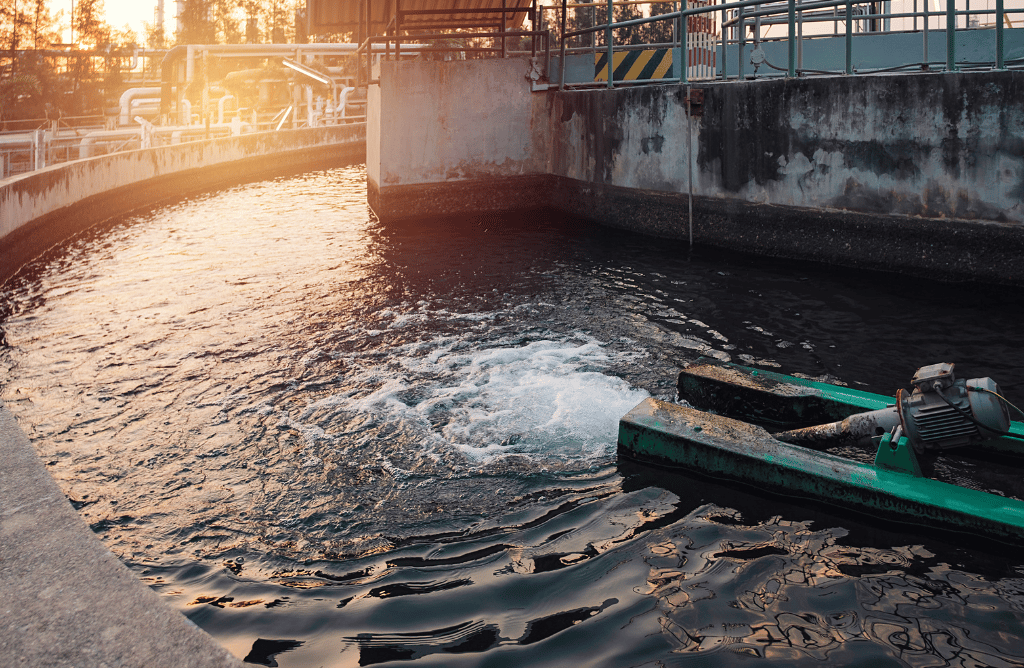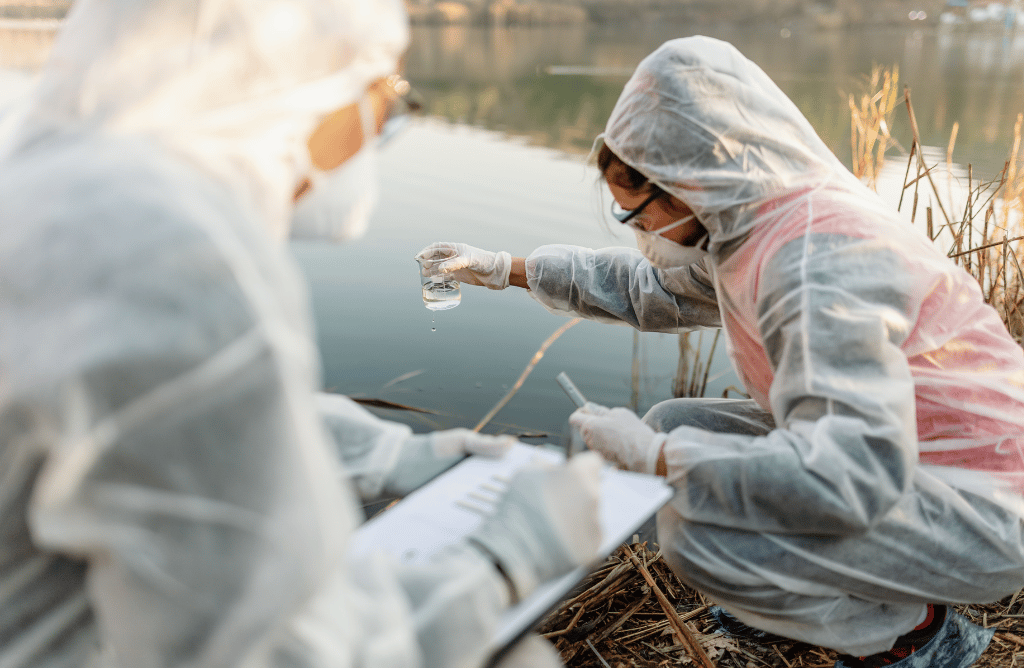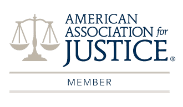History of Water Contamination at Camp Lejeune
The history of water contamination at Camp Lejeune is a sad commentary on the lack of action by the military to protect the brave men and women in their service. Residents of Camp Lejeune drank contaminated water for more than three decades while the military actively concealed the information.

Expertise
Mr. Wasserberg is proud to call himself a Trial Lawyer. He is often a featured speaker at industry summits and gatherings of the nation’s leading attorneys, from both sides of the bar. He is recognized by both his peers and his adversaries and is considered one of the nation’s premier mesothelioma and negligence attorneys
Content written by Dan Wasserberg

- Expertise
Mr. Wasserberg is proud to call himself a Trial Lawyer. He is often a featured speaker at industry summits and gatherings of the nation’s leading attorneys, from both sides of the bar. He is recognized by both his peers and his adversaries and is considered one of the nation’s premier mesothelioma and negligence attorneys
Experienced Mesothelioma Attorney
Camp Lejeune, the home of “Expeditionary Forces in Readiness,” is a military base established in the 1940s that supports the Marines and provides limited support to the Navy and Coast Guard. During the 1950s, the drinking water at Camp Lejeune became contaminated.
For the next three decades, as many as one million military personnel, family members, and civilian employees drank, bathed in, and cooked with the contaminated water.
The effects of Camp Lejeune water contamination have proven deadly and include birth defects, miscarriages, cancer, and neurological disorders.
Quick Links
How did the Camp Lejeune water become contaminated?
Camp Lejeune water contamination is believed to have stemmed from three major drinking systems on base: Hadnot Point, Tarawa Terrace, and Holcomb Boulevard. The contaminants were derived from on-site and off-site sources, but most were from on-site sources.
Off-Site Contamination Source
The main contamination source for Tarawa Terrace is a local dry-cleaning company near the base, ABC One-Hour Cleaners. According to the Environmental Protection Agency (EPA), the business was located approximately two miles southeast of Camp Lejeune. In his deposition on April 12, 2001, company president Victor John Melts indicated it was a family-owned business that began in 1953.
The EPA determined that the common dry-cleaning solvent tetrachloroethylene (PCE) was used as part of the operations and was illegally dumped into the septic tank system and improperly buried outside the site’s dry-cleaning building. These practices caused soil and groundwater contamination.
The chemicals contaminated two wells that supplied water to one of the base’s family housing communities, Tarawa Terrace. It is located south of ABC One-Hour Cleaners.
In 2005, the site was sold and became A-1 Cleaners, but it only served as a drop-off location. The site was shut down completely in 2011, and the buildings have been demolished, with only the foundations remaining.
On-Site Contamination Sources
On-site contamination sources have been implicated in the contamination of some of the wells at Hadnot Point. According to National Academies Press, multiple sources contributed to the contamination at Hadnot Point:
- On-base spills at industrial sites
- Leaks from underground storage tanks
- Leaks from drums at dumps and storage lots
- An open storage pit
- A former fire training area
- An on-base dry cleaner
- A liquid disposal area
- A fuel tank sludge area
The primary contaminant in the Hadnot Point system was trichloroethylene (TCE), but other chemicals found in the water include vinyl chloride, methylene chloride, benzene, and toluene. Metals have also been detected.
This Hadnot Point water treatment plant began operations in 1943, but there are no estimates of when the contamination began.
The Holcomb Boulevard water system was found to be intermittently contaminated because Hadnot Point had supplied water to the Holcomb Boulevard system from 1942 to 1971.

Underground and Above-Ground Storage Tanks
A September 16, 2010 House hearing during the 111th Congress revealed that a fuel farm comprised of 14 underground fuel tanks and one 600,000-gallon above-ground tank in the Hadnot Point Industrial area, within 1,200 feet from a major drinking water well, HP-602, was constructed in 1941. Hadnot Point was constructed that same year.
The first documented leak at the fuel farm occurred in 1979 when an estimated 20,000 to 30,000 gallons of fuel leaked from an underground valve. The following year, an engineer determined that the tanks were old and poorly maintained. The storage tanks and connecting pipelines were corroded and deteriorating. Many parts could not be inspected.
In May 1988, the Assistant Chief of Staff of Facilities notified the state of North Carolina of a 15-foot thick fuel plume contaminating the groundwater under the fuel facility.
A staff judge advocate noted a loss of fuel at the rate of 1,500 gallons per month into the ground and also observed the ongoing threat to human health. There were no attempts to remediate it until 1989.
The deteriorating underground storage tanks were not replaced until 1990 after the military determined repairing the tanks would not be cost-effective. The 1979 fuel leak itself was never remedied.
Water Testing
The military was required to start testing its water in 1979 due to legal requirements to test for trihalomethanes, a volatile organic chemical (VOC) that stems from water chlorination. The military attempted to get an exemption from testing, citing a lack of resources, but it was denied.
The military took samples in October 1981, and the presence of VOCs other than trihalomethanes obscured the tests. These VOCs turned out to be:
- TCE – A solvent used in metal degreasers
- PCE – A dry-cleaning solvent
- Benzene – A fuel component
Under the Safe Drinking Water Act, TCE and benzene were not regulated until 1989 and 1992, respectively. However, the health risks were known.
During this time, the labs issued multiple warnings to the military about the safety of the water, which the military ignored.
In 1984, the military started testing wells, ten of which were contaminated (eight at Hadnot Point and two at Tarawa Terrace) with high levels of PCE and TCE. All wells at Hadnot Point had traces of benzene.
The ten contaminated wells were removed from the rotation from November 1984 to February 1985. Tarawa Terrance permanently closed in 1987.

Cleanup Efforts
Cleaning up soil and groundwater contamination is a major undertaking that can take decades. The one-acre ABC One-Hour Cleaners property and Camp Lejeune became EPA Superfund Sites in 1989.
ABC One-Hour Cleaners Cleanup
The EPA conducted a feasibility study in 1992 and selected the cleanup method in 1994. This method was implemented from 2000 to 2007 and involved a combination of a pump-and-treat method with monitored soil vapor extraction and natural attenuation.
In 2009, the contamination was only reduced by approximately 15 percent despite these efforts. The EPA determined in 2014 that the groundwater contamination could only be remediated by addressing the soil contamination. The septic tank was removed in 2019, and soil cleanup was completed in 2020.
However, cleanup is still ongoing, according to the EPA, and the area is surrounded by chain link fencing and remains under heavy restrictions. The owners, now deceased, denied wrongdoing, according to North Carolina Policy Watch.
Camp Lejeune Site Cleanup
Cleanup efforts were delayed by a combination of military stonewalling, scapegoating, and a lack of funding. The military scapegoated ABC One-Hour Cleaners and minimized its impact in early reports.
However, the off-site dry-cleaning facility was only responsible for the contamination of the two Tarawa Terrace wells. The most severe contamination came from eight Hadnot Point wells, which on-site sources had polluted.
The EPA placed Camp Lejeune on the National Priorities List on October 4, 1989. The U.S. Navy has the leading cleanup responsibilities under the Superfund Site law. Camp Lejeune has been divided into 26 sections, known as operable units (OU), which require remediation.
From 1992 to 2001, the Navy removed contaminated soils, drums, storage tanks, and other toxic waste materials from Camp Lejeune and also addressed groundwater contamination by installing groundwater and soil treatment systems.
From 2001 to 2009, the Navy removed an estimated 48,000 pounds of VOCs from the soil while studying cleanup technologies. Cleanup efforts continued, which they separated into increments to focus their efforts: 2010-2015 and 2016-2019. In 2019, a remedy to remove contamination from an on-site dry-cleaning facility was implemented, along with remedies for other OUs.
Every five years, the cleanup actions at the sites are reviewed. The last review was in 2020, and the following review will be in 2025.
When did the public become aware of the contamination?
Residents on the base were notified in a June 1984 base newsletter that the military was initiating a study on contaminants in the water. The announcement downplayed the exposure and even stated the military did not expect anyone to be exposed. It wasn’t until December 1984 that residents were notified that their drinking water was contaminated with “traces” of contaminants.
In April 1985, residents were notified that ten wells had been closed as a precautionary measure due to “trace amounts” of contaminants.
This was only reported locally. Personnel that had moved away were not notified. Most did not learn about the contamination until Dan Rather reported it in 1997, ten years after the last wells were shut down. Coincidentally, the state of North Carolina has a statute of repose prohibiting lawsuits after ten years.
In 1985, the head of the Water Supply Branch, which regulates drinking water in North Carolina, was quoted saying he didn’t think that “Camp Lejeune residents need to worry about getting bad drinking water. I think we kind of caught it right at the beginning,” and that “it’s not something that has been running for two or three years.”
Legislation Sparked by Camp Lejeune Water Contamination
Jerry Ensminger was serving at Camp Lejeune when his daughter Janey mysteriously contracted leukemia at the age of six years old, a condition she died from at age nine while still living at Camp Lejeune. Since learning the true cause of his daughter’s death in 1997, Mr. Ensminger has devoted his life to getting justice for Janey and all other victims.
Thousands of others had similar tragic experiences after contracting deadly cancers and other conditions. Despite their hardships, Camp Lejeune water contamination victims had no means of holding the military accountable or recovering compensation to help pay for their medical treatment.
The Janey Ensminger Act of 2012
Congress has moved slowly. Approximately 25 years after the last well shut down, the Janey Ensminger Act, part of the Honoring America’s Veterans and Caring for Camp Lejeune Families Act of 2012, was signed into law.
This law provided a means for veterans impacted by Camp Lejeune water contamination to obtain service-connected health care and disability benefits through the Department of Veterans Affairs (VA). Family members living on base could also recover reimbursement for related medical costs. Sadly, the VA has rejected most claims.
The Camp Lejeune Justice Act
Thirty-five years after the last wells were closed, the Camp Lejeune Justice Act passed as part of the Honoring our PACT Act of 2022. This finally allowed Camp Lejeune water contamination victims to file a civil lawsuit for the harm they suffered.
How Did the Camp Lejeune Cause of Action Come Into Existence?
Help for Victims of Camp Lejeune Water Contamination

The drinking water at Camp Lejeune is safe today. However, mitigation came too late for the thousands of families and individuals who have faced deadly diseases, miscarriages, and the loss of children.
According to Coastal Review, Camp Lejeune water contamination is widely regarded as one of the worst cases of toxic exposure in U.S. and military history.
If you or your loved one has experienced harm because of Camp Lejeune water contamination, the Camp Lejeune attorneys at Meirowitz & Wasserberg, LLP can help you hold the military accountable. Contact Sam ’n Dan today for a free consultation.
AVAILABLE 24/7
Get Your Free Case ReviewNotable Results
$200,000
Personal injury settlement
$235,000
Slip and fall injury
$675,000
Product liability injury
$555,000
Premises liability injury
Nancy, New York (NY)







